What Time Does It Get Pitch Black Today

You can define twilight simply as the time of day between daylight and darkness, whether that's after sunset, or before sunrise. It's a time when the light from the sky appears diffused and often pinkish. The sun is below the horizon, but its rays are scattered by Earth's atmosphere to create the colors of twilight.
We have twilight because Earth has an atmosphere. Some light scatters through small particles in the atmosphere – so there's still some light in the sky even after the sun has gone down.
This time of day is important for a lot of reasons to many people – for example, astronomers, who are waiting for true darkness to fall so they can begin their observations. So some more strict definitions have evolved on the subject of twilight.
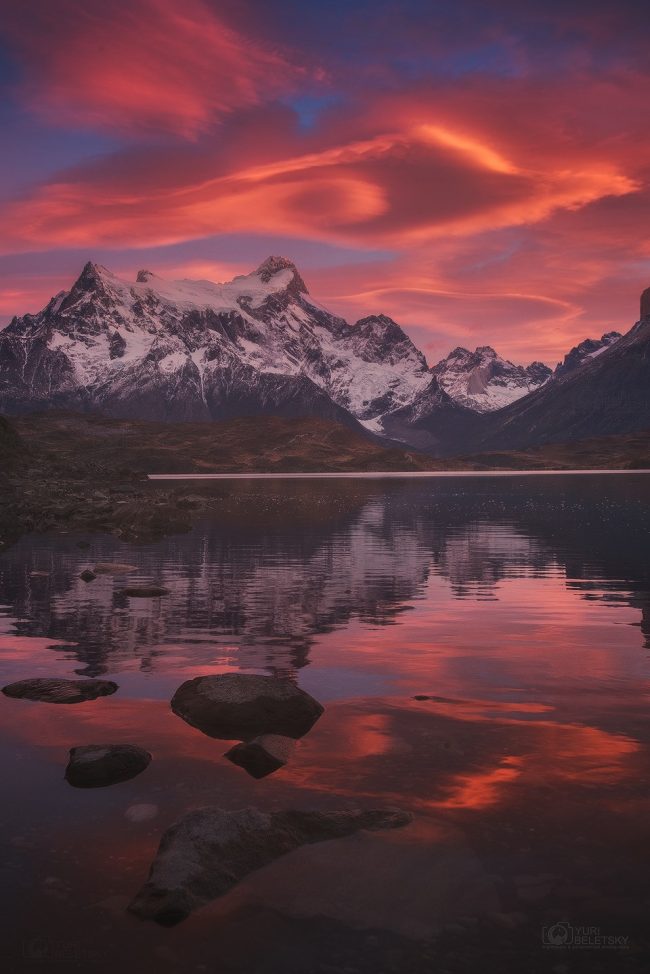

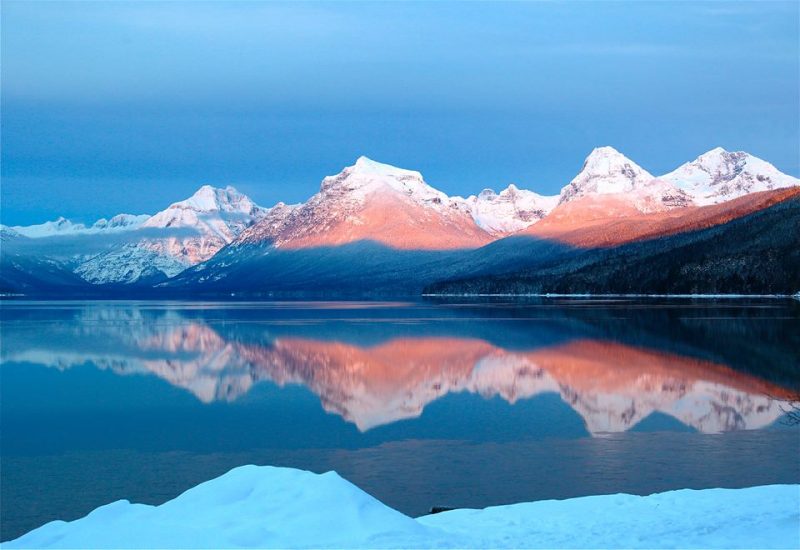
Civil twilight. It starts as soon as the sun dips below the western horizon. There's enough light to see, but people turn on their lights to drive a car, and the streetlights are starting to come on. Civil twilight officially ends when the sun is six degrees below the horizon.
Nautical twilight. It begins when it's fairly dark outside. By definition, nautical twilight ends when a distant line of a sea horizon stops being visible against the background of the sky – about when the sun is 12 degrees below the horizon. And even then some people still call it twilight.
Astronomical twilight. It ends when all traces of sky glow are gone. By definition, astronomical twilight ends when the sun is 18 degrees below the horizon. Then astronomers can begin to observe the stars, assuming no clouds are in the way!
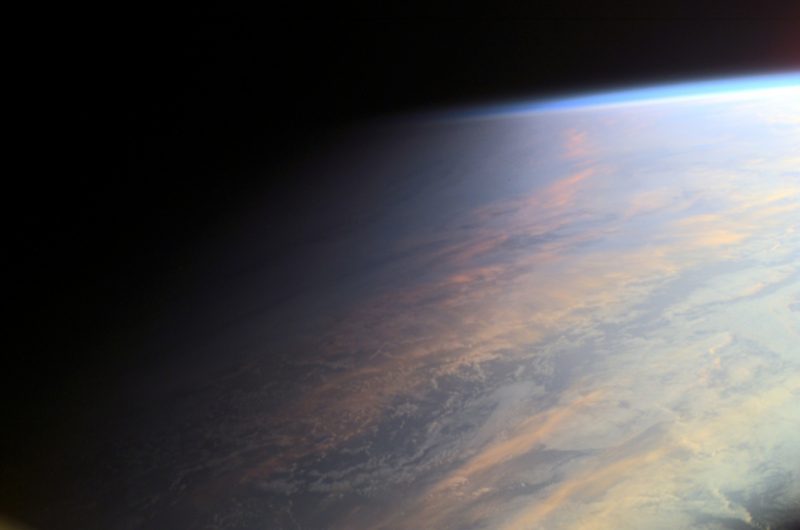
If you could see twilight from outer space, you'd find that it isn't marked by a sharp boundary on Earth's surface. Instead, the shadow line on Earth – sometimes called the terminator line – is spread over a fairly wide area on the surface and shows the gradual transition to darkness we all experience as night falls.
The image above – from the International Space Station (ISS) – shows twilight from an altitude of 211 nautical miles. Cloud tops reflect reddened sunlight filtered through Earth's troposphere, the lowest layer of our planet's atmosphere.
.
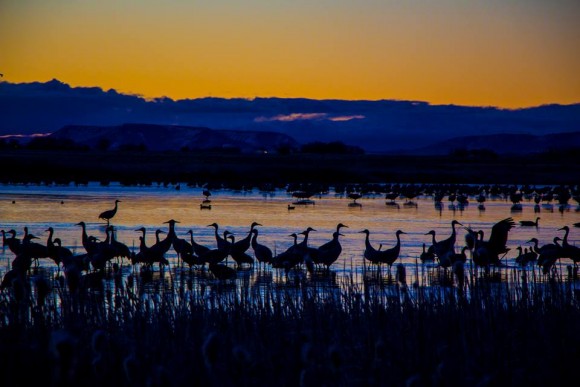
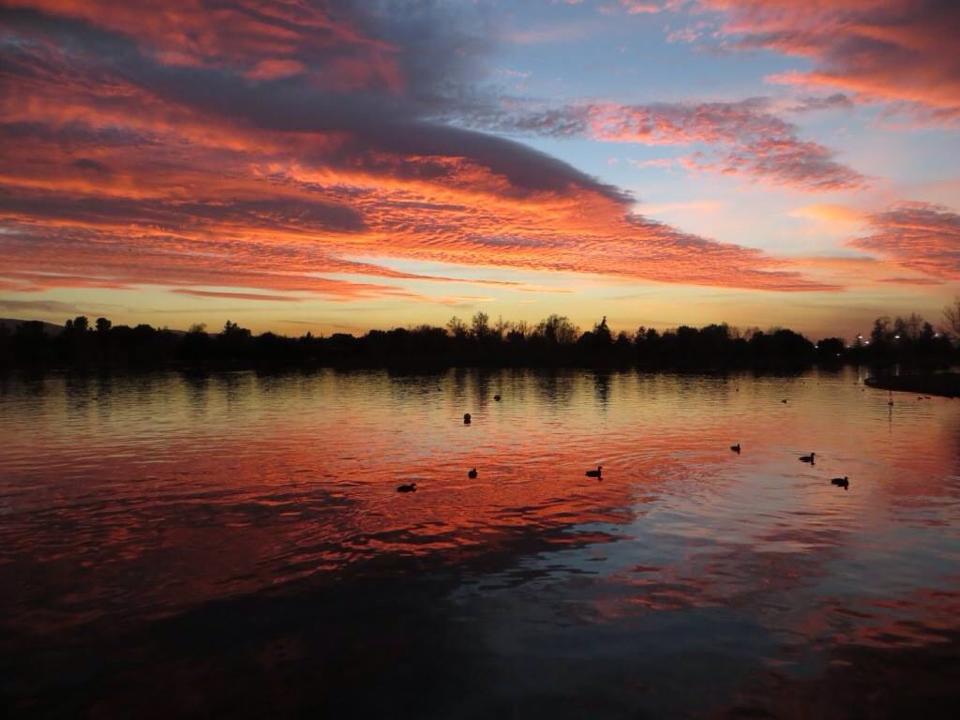
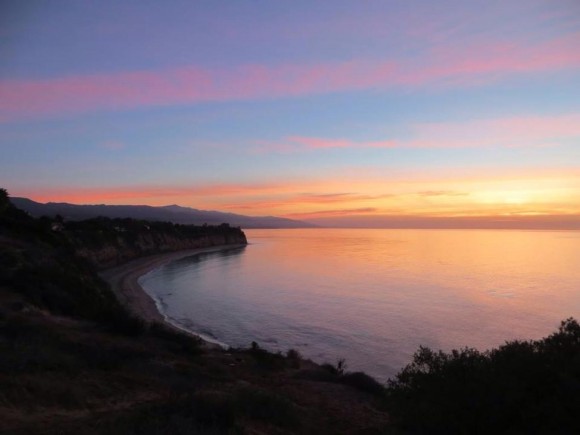



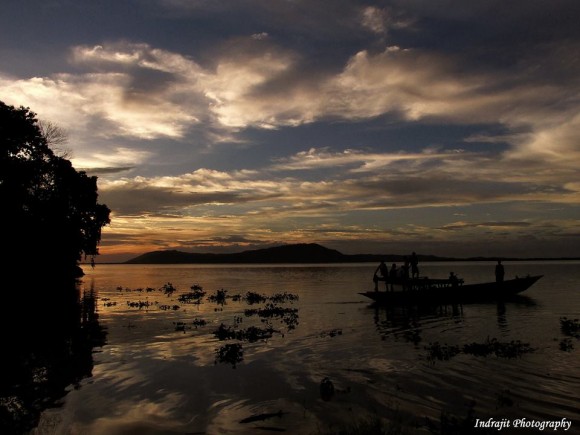
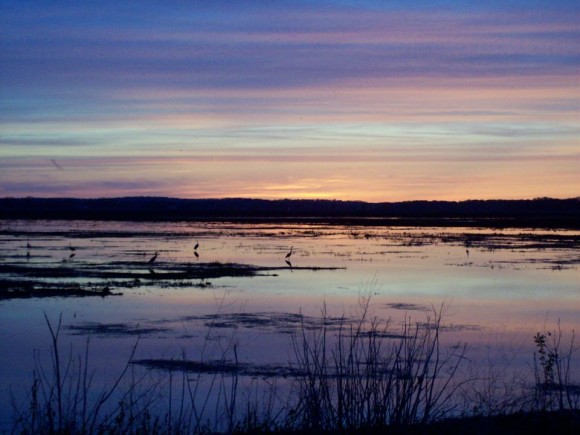




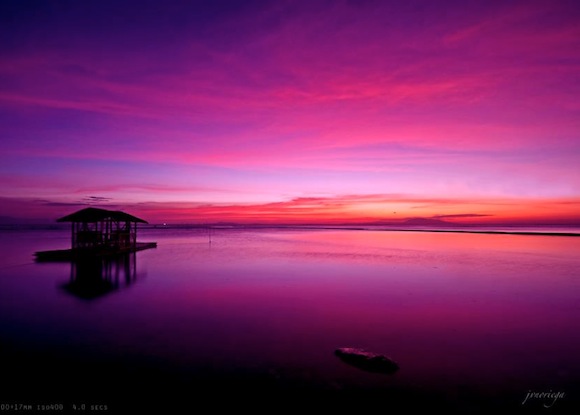

Bottom line: You can define twilight simply as the time of day between daylight and darkness, whether that's after sunset, or before sunrise. Astronomers recognize three kinds of twilight, which are explained in this post.
Editors of EarthSky
View Articles
About the Author:
The EarthSky team has a blast bringing you daily updates on your cosmos and world. We love your photos and welcome your news tips. Earth, Space, Human World, Tonight.
What Time Does It Get Pitch Black Today
Source: https://earthsky.org/earth/twilight-2/